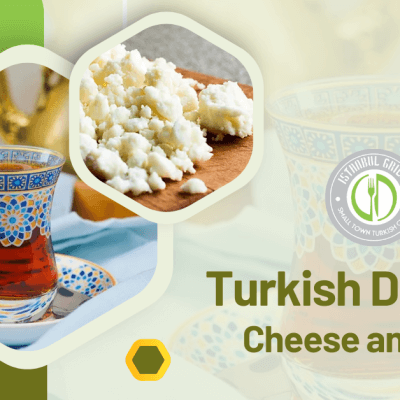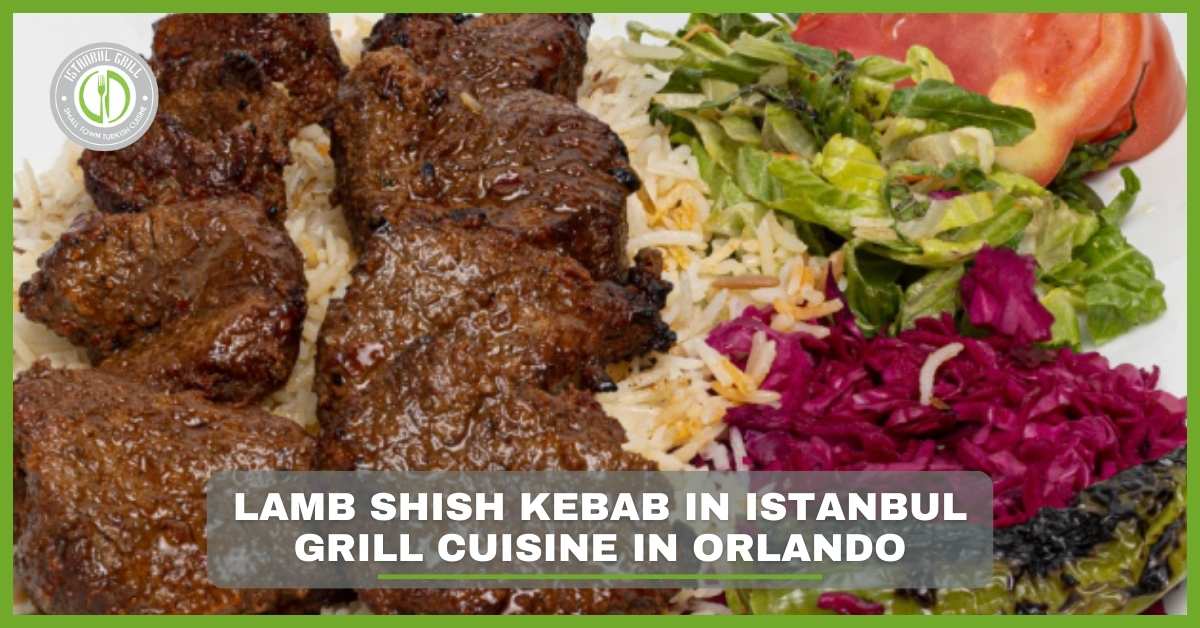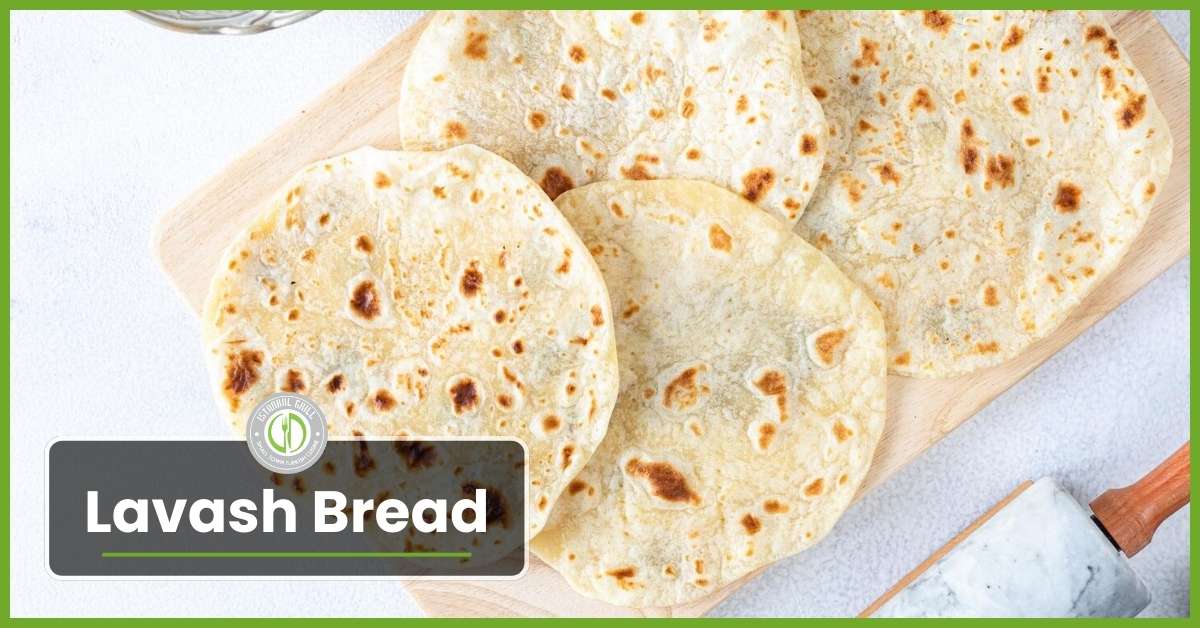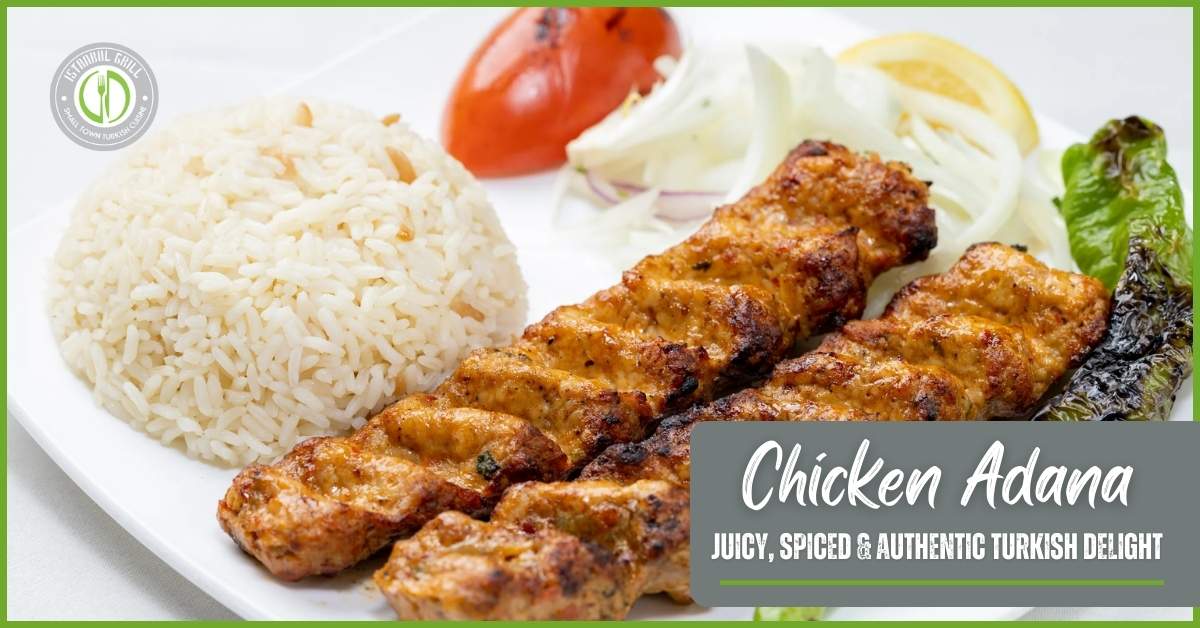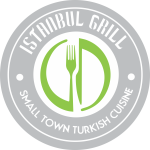The culture of Turkish cuisine is as rich as its history, being one of the few countries located at the crossroads of the East and the West. Among the treasures of Turkish cuisine, two delights stand out: the stimulating Turkish tea and the delicious meat-stuffed Turkish cheese bread. It is no secret that these two staples are not just food and beverage. But also the culture, customs, and traditions of Turkey and its people. In The Alchemy of Desire, Turkish delights promise to give one power over anything he or she desires with the recipe. You find yourself wandering about on the Alexandrine streets of Istanbul.
The atmosphere is characterized by the smell of spices, the noise of the bazaar, and the sight of astonishingly bright and diverse shops. Amidst this sensory feast, two offerings capture your attention. It can be a strong cup of Turkish tea and a hot freshly cooked piece of cheese bread. These are not simple products; they are feelings that tell the essence of the Turkish spirit.
A Symphony of Flavors: Turkish Tea & Cheese Bread
To Turks, tea, referred to as “çay” is more than just a drink but a rite. Sipped from thin and elegant glasses shaped like tulips. This tea is not only a binder that solidifies the ties between family members and friends but also a fundamental part of people’s lives. The preparation of this meal relies on ages-old practices that give a full picture of Turkish hospitality as people consume it.
On the other hand, Turkish cheese bread or ‘Penile Ekmek’ is as much a testimony to the Turkish knack for bread making as well as cheese making. This delightful creation differs from one area to another, but no matter which part of the world it is from, a certain distinction in taste and difference in crispiness can be felt. Whether it is the soft interior of a newly baked pide bread or the crispy layers of börek, cheese bread is a versatile bread for breakfast, particularly when taken with tea.
The Rich History of Turkish Tea
Origins of Turkish Tea
Compared to other cultures, Turkey started consuming tea comparatively late, but it became a staple quite quickly. Tea seeds were first introduced to Turkey at the end of the 19th century. At the beginning of the 20th century, tea cultivation started in Turkey, mainly in the northeastern region focused on Rize. Thus, the climate in this region as well as the fertile soil in this region were favorable for the growth of tea, making Turkish tea equal to the best in the world.
Tea and Its Cultural Importance in Turkey
Turkish people do not only consume tea as a beverage; rather, it is in their tradition and culture to invite friends over for tea. It is a common tradition in Turkey to offer tea to their guests, as it is a very profound cultural concept in the country. A symbol of togetherness, tea is depicted running through households, villager’s homes, cafés and eateries, and more across the world. The following article is focused on describing the art of brewing this drink.
Traditional Brewing Techniques
Preparation of Turkish tea is the most important process and it takes considerable time and perfection. This is done using a device commonly referred to as a ‘çaydanlık’ which is effectively two pots, the lower pot is filled with water, placed on the heat, and boiled, while the upper pot is used to brew the tea using loose tea leaves. Water is then brought to a boil and poured over the tea leaves and the mixture is allowed to steep. It gives a concentrated and robust flavor that can be further diluted depending on the preference of the consumer with more hot water. Some of the equipment that is vital in the production of the perfect brew are as follows.
To prepare Turkish tea strictly, some utensils are out of the question. The çaydanlık, that is, the pot with two in succession, is essential here. Also, small tulip glasses are employed to serve the tea, and this enables the people, having a gulp of the tea, to enjoy the color and smell. The type of tea used has to be of good quality. It has been ground to a fine powder to be able to dissolve properly and produce the right strength and taste.
Varieties of Turkish Tea
Black Tea:

This kind of Turkish tea is served in Turkey and it is frequently known and consumed as the black tea of Turkey. They prefer it for regular use because of the strength of its taste and the rich hue that it acquires. Turkish black tea is generally drunk without adding milk though with lots of added sugar for those who take sweet Ug.
Herbal Teas:
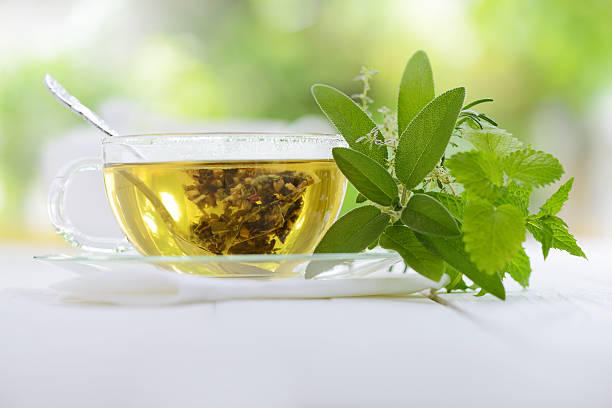
Other hot drinks, especially herbal teas, or “bitki çayları” prepared from a selection of herbs are also consumed in Turkey. Soothing teas such as these are prepared from various herbs and flowers and have various effects on the human body and differing tastes. It is also accompanied by regular chamomile, sage, and linden tea as all of these types of tea are known to have positive effects on the human body.
Green Tea:
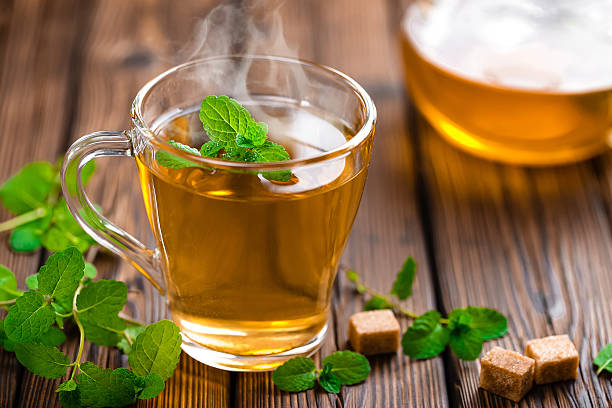
Although not as conventional, green tea has grown quite popular in the recent past because of its health benefits. Turkish green tea is generally not as robust and less astringent as green teas from other countries and considered to be the perfect accompaniment to black tea.
Varieties of Turkish Cheese:
Turkey has a plentiful of cheese types which differ from each other by features. Some popular varieties include:
Beyaz Peynir:
A type of white-bined cheese that can be compared to feta. It is mostly used in salads and pastries.
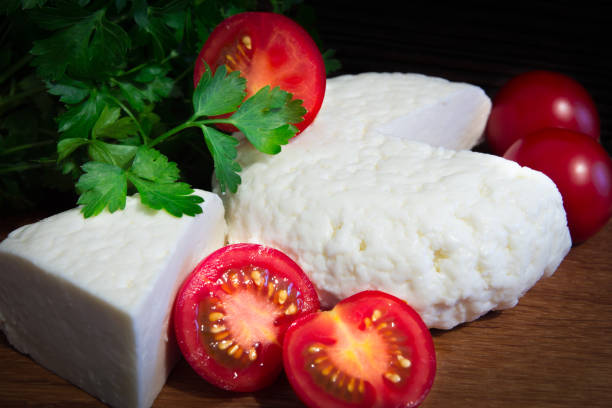
Kaşar:
This cheese is somewhat firm and tastes mildly acidic almost akin to a soft cheese but nearly ideal for grating as well as melting.

Tulum:
Usually eaten as a starter, stinkers are sharp-tasted, crumbly blue cheese that has matured for years.

Turkish Cheese Bread
What do you understand by the name Turkish Cheese Bread? Pizzas are incorporated in this category as well and the cheeses are present in various forms of bread including filled bread or pasta. The preparation of this bread is distinctive in the use of cheese. The inclusion of which gives the bread plenty of character and density. This yummy is taken any time in the day as a snack, breakfast, or served with other meals.
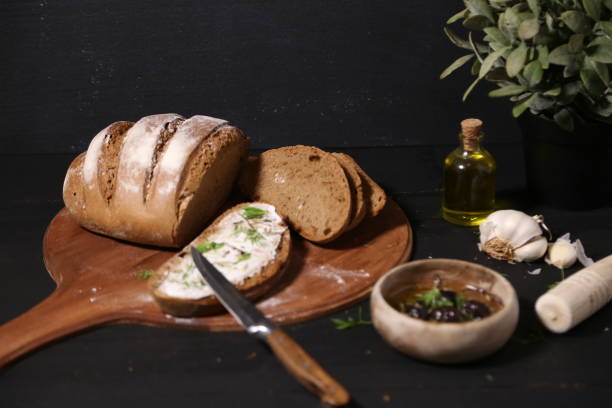
Ingredients and Preparation
And the result of delicious Turkish cheese bread is based on the use of high-quality ingredients. High-quality, tasty, and fresh bread and cheese must be used, with the cheese being of optimum maturity. The dough used for making the bread is enriched using either olive oil or butter which in turn makes the texture to be flaky. The cheese is added either into the dough or used as the filling, determined by the specifics of the recipe.
Pide: Thus, the Turkish Flatbread with Cheese
Pide is a kind of Turkish pizza that is usually prepared with cheesy toppings and at times with meat or vegetables. The dough is raised as a ‘boat’ -like-looking structure with edges folded over to enfold the toppings. Such combination leads to the preparation of a crispy bread with soft cheesy stuffing in the middle.
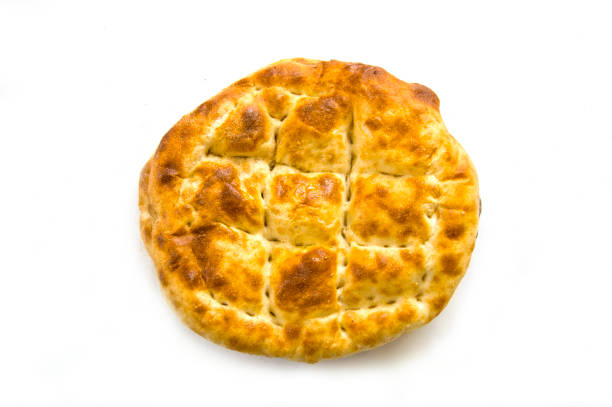
Börek:
Cheese Stuffed Flaky Pastry. Another cheese bread is börek, which is pastry dough rolled with cheese and, at times, spinach and/or meat. That is done until it turns golden and crispy. Yet the inside of the pastry is rich and filled with a lovely smooth cream.
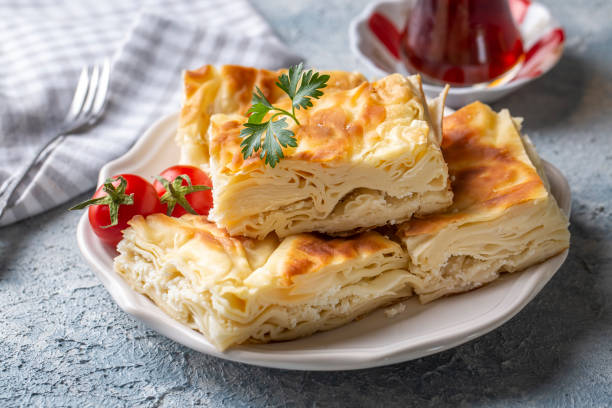
Health Benefits of Turkish Tea
The following are the health benefits that may be derived from taking the Turkish tea:
Antioxidant Properties
The processing of Turkish tea is said to contain antioxidants that assist in shielding the human body against free radicals and oxidative stress conditions. These compounds have been known to prevent as well as control some of the chronic diseases and enhance the health of individuals.
Digestive Benefits
Turkish tea consumed, preferably, after food reduces bloating because of the mild strings of the tea. It assists in unearthing the discomfort in the stomach and may help with bloating after overindulging.
Protein and Calcium
Besides, cheese is filled with protein and calcium vital to building and strengthening bones and muscles. Consuming cheese bread has nutritional benefits which can be used to help the individual meet his/her recommended intake.
Vitamins and Minerals
As to the other vitamins and minerals, the consumers get acquainted with them being an addition to protein and calcium, such as vitamin A, vitamin B12, and phosphorus. These nutrients play a part in many of the body’s processes, including vision and energy production.
Where to Enjoy the Turkish Tea and the Cheese Bread?
If one has to savor Turkish tea, then it is mandatory to visit the traditional tea house or ‘çay ocağı’. Some of the best places to experience this are: Some of the best places to experience this are:
Çorlulu Ali Pasha Medresesi: This one is located in Istanbul and provides you with the atmosphere. Of the ancient tea house together with tea selection.
Dem Karaköy: An actual tea house that also serves blended tea with the possibility of including a new twist to it.
Renowned Bakeries and Cafés
For the best cheese bread, seek out renowned bakeries and cafés such as. For the best cheese bread, seek out renowned bakeries and cafés such as:
Simit Sarayı: Cheese buns and other pastries and bread have become popular in McD’s largely due to their delicious taste.
Van Kahvaltı Evi: Well-known for the Turkish breakfast that features an array of cheese breads and tasteful delights.
Preparing Turkish Cheese Bread at Home
Ingredients:
- Two cups of flour, all-purpose
- One active dry yeast packet, one teaspoon each of sugar and salt
- half a cup of hot water
- one-fourth cup of olive oil
- One cup of feta cheese, crumbled
- Half a cup of shredded mozzarella cheese
- (Optional) fresh herbs
Instructions:
1. Put flour, water, olive oil, and salt into a bowl stirring them up. Mix until a smooth dough structure is obtained. Stir again cover it and let it stand for 30 minutes.
2. preheat the oven to 200 degrees Celsius.
3. To the dough formed, pinch off a portion and stretch it to form a thin disk.
4. Crumble the feta cheese and spread it on the dough circles well, but not completely covering them. Turn the edges over on the cheese and twist shut.
5. Put the bread in a baking tray, then glaze with the egg wash and bake until golden brown- approximately twenty-five minutes.
The Future of Turkish Delights
Modern Twists on Traditional Recipes
Turkish cuisine is continuously developing, and new creative suggestions by restaurant chiefs and housewives appear every day. This also entails a revision of the type of cheese bread and other foods where cheese bread can be used as an ingredient, and the inclusion of spices, and herbs among others.
Global Popularity and Trends
Turkish tea and cheese bread are popular across the globe and they are greatly becoming acquainted with everyone because of the delicious taste and the historical background that belongs to this beverage and food. This global interest is emerging in new trends. It is like fusion which is a mix of classic Turkish food and other world cuisines.
Conclusion
A cup of Turkish tea and cheese bread are not simple dishes. They are a representation of the undying and living nature of Turkish cuisine and its heart. The songs remain popular to this day. Due to the power of music to unite people. To make them join a common team.
Served at a noisy tea house or shared in the comfort of your home. Turkish tea and cheese bread are sure to transform your palate, making you feel that you are somewhere in Turkey. Thus, by adopting these traditions, you can taste the delicious meals of Turkey’s cuisine along with the warm atmosphere of invitational culture.
